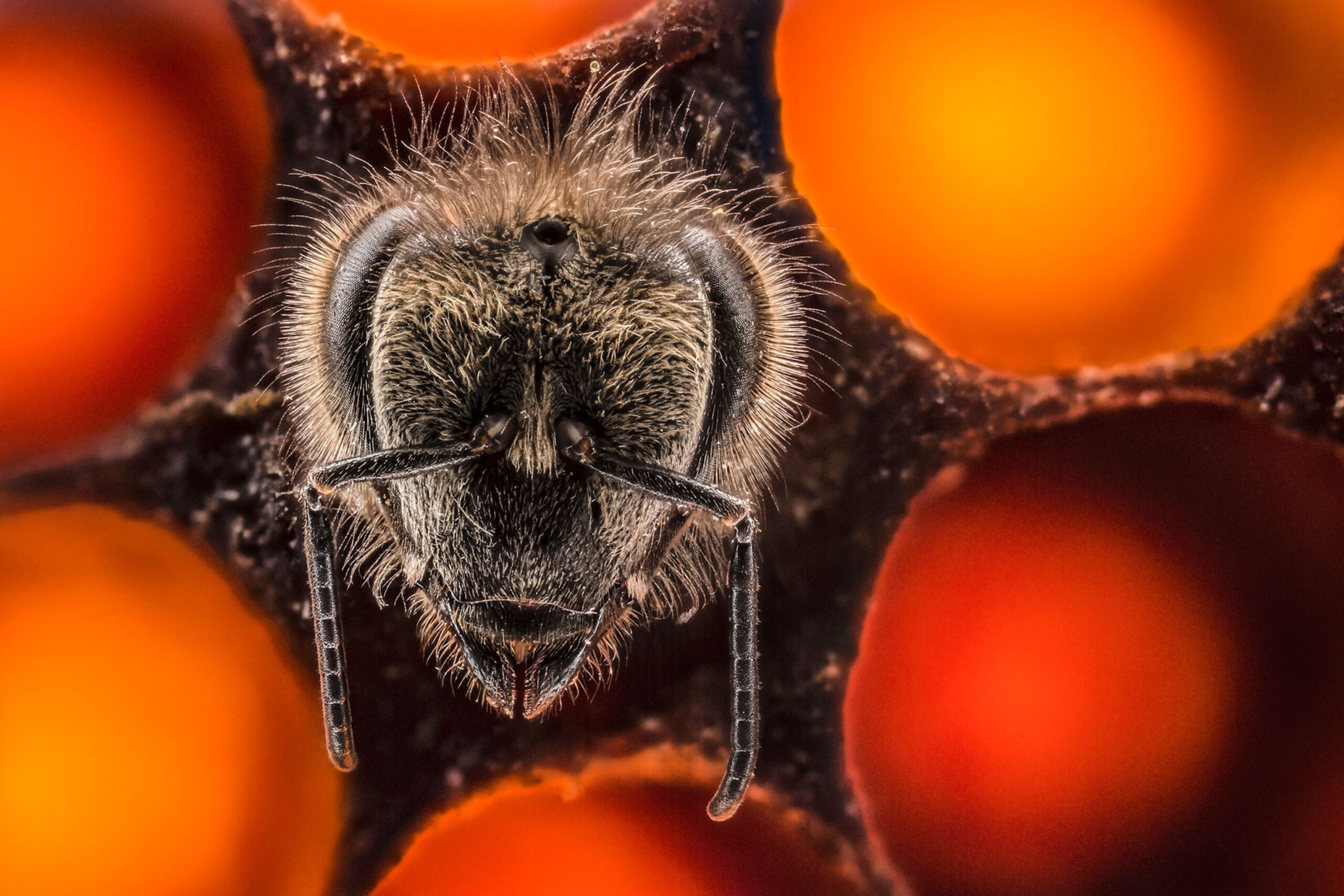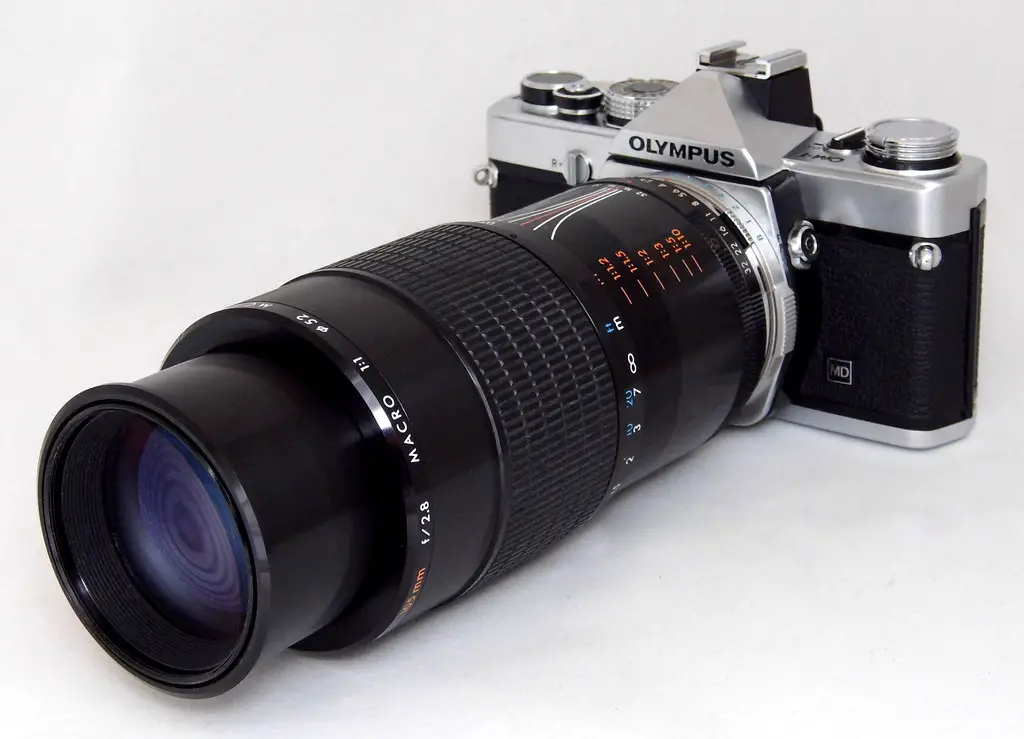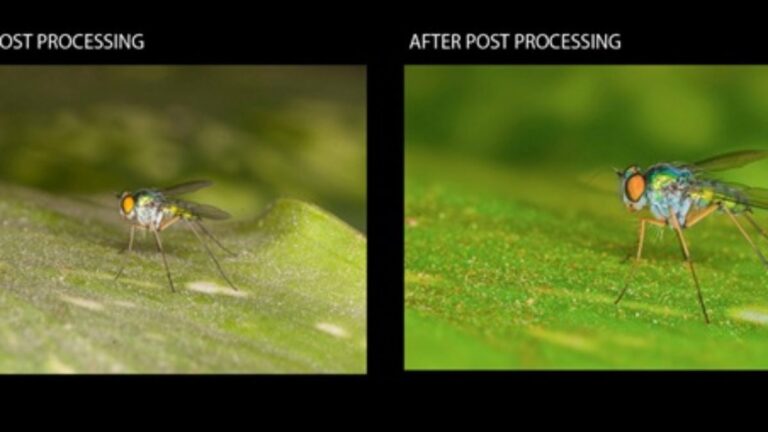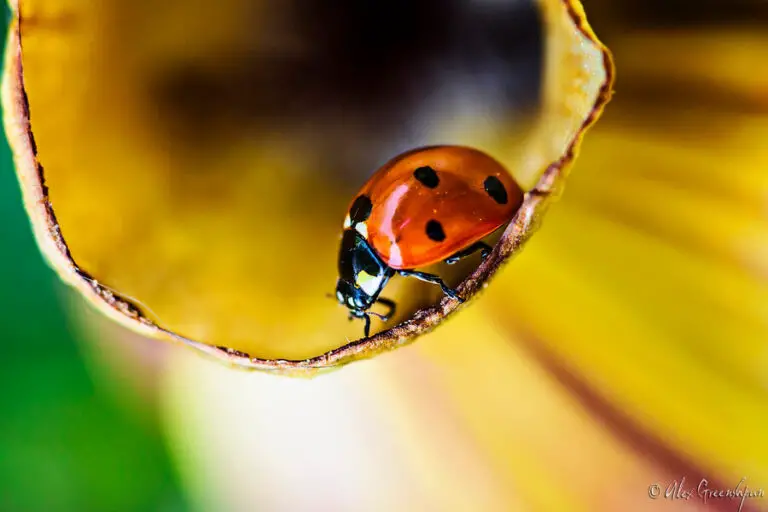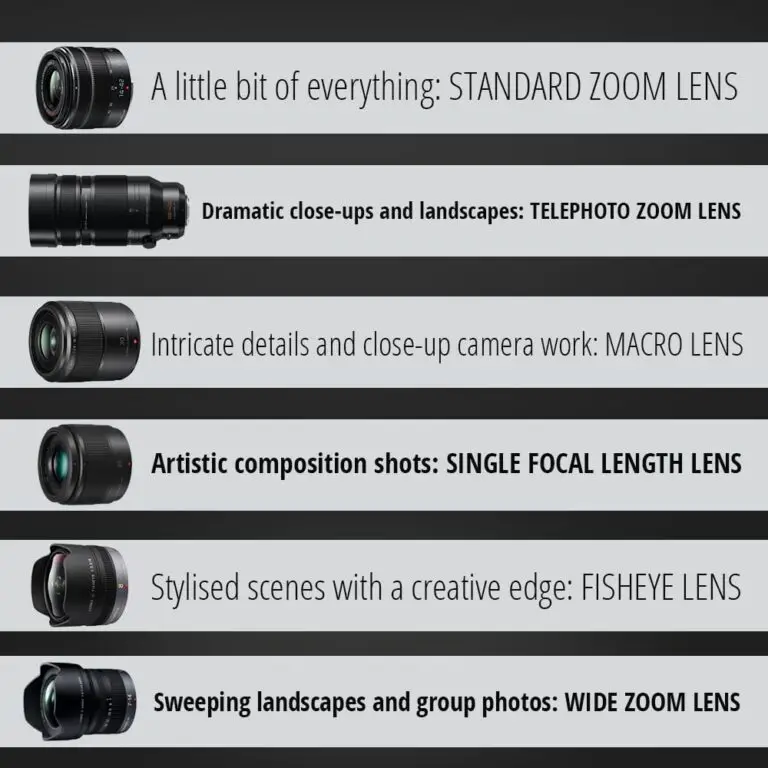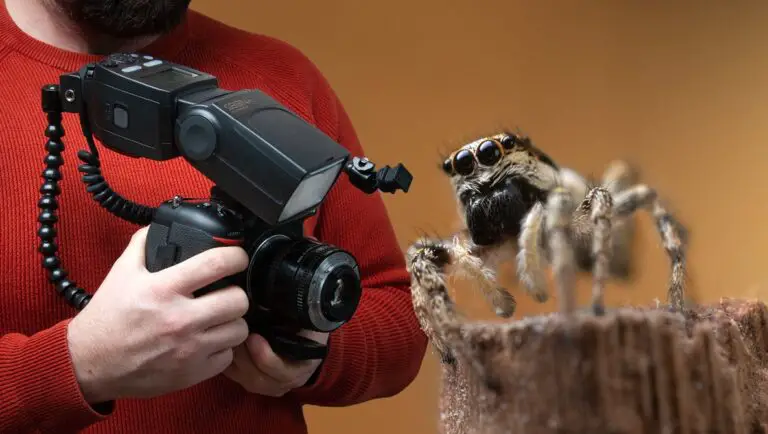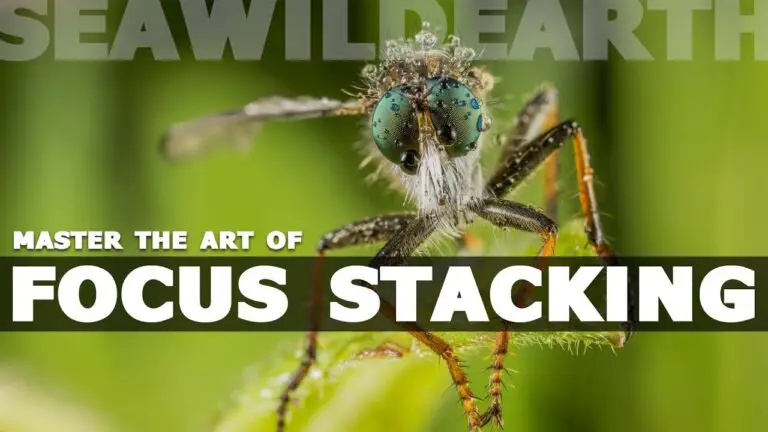Macro Photography Tips for Outdoor Enthusiasts: Capturing Nature’s Small Wonders
In the vast tapestry of nature, it’s often the smallest details that captivate us the most. The shimmering droplets of a dew-laden spider web, the otherworldly texture of a lichen on a tree branch, or the intricate patterns upon a butterfly’s wing – these are the moments that, though easily overlooked, are rich with beauty and narrative. For nature lovers who also have a passion for photography, the field of macro photography allows us to focus on these ordinarily unseen treasures, revealing a world of artistry that’s often hidden in plain sight.
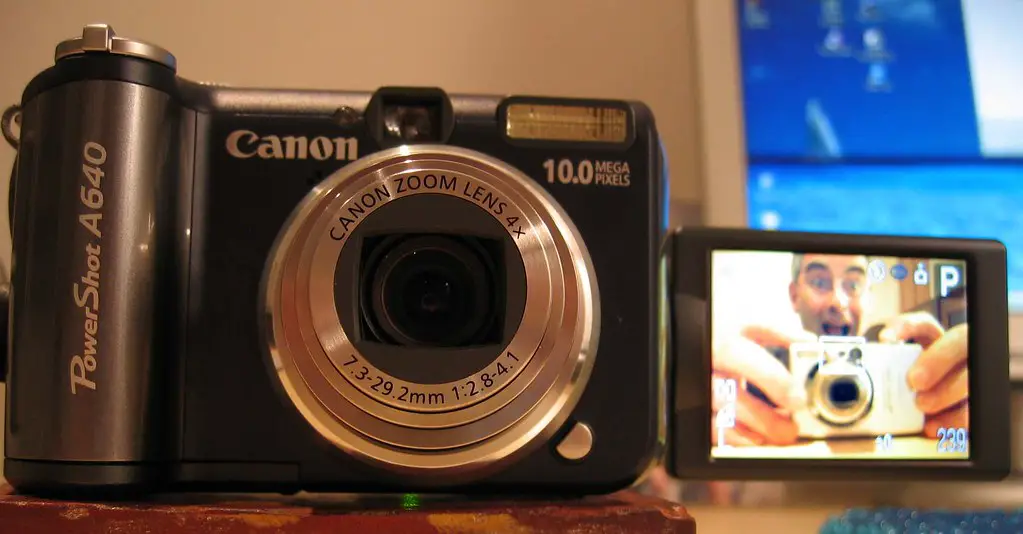
Macro (from the Greek for “large”) photography is a unique form of close-up photography that brings minuscule details into the spotlight, presenting them on a grand scale. It’s a genre that requires precision, patience, and an eye for the tiniest of life’s wonders. This blog post aims to provide comprehensive tips for photography enthusiasts and outdoor lovers who want to explore the realm of macro photography. By understanding the intricacies of capturing the small outdoors, you can create breathtaking imagery that not only impresses your audience but also deepens their appreciation for the natural world.
Getting Started with Macro Photography
Before you venture into the great outdoors with the intent to photograph the small, there are essential considerations and preparations that can significantly impact the quality of your images.
Choosing the Right Equipment
The foundation of macro photography lies in the lenses you use. A true macro lens, with a ratio of 1:1 or closer, is the gold standard for capturing fine details. Without one, you may struggle to get the sharpness and magnification needed for compelling macro images. Additionally, a tripod and remote shutter release are invaluable tools for getting steady, focused shots, as any slight movements can have a pronounced effect at such close ranges. For lighting, consider the use of an on-camera flash diffuser or an off-camera flash to illuminate your subject without casting harsh shadows.
Understanding Depth of Field and Focus
Depth of field (DoF) is critical in macro photography. At close distances, your DoF shrinks, often to mere millimeters. Familiarize yourself with the concept of hyperfocal distance – this is the focusing distance that provides the maximum DoF, ensuring more of your subject is in focus. Mastering this can be the difference between highlighting a subject beautifully against a soft, dreamy background or failing to fully capture it.
Exploring Outdoor Macro Photography
Nature is an infinite canvas for the macro photographer. Each element presents myriad opportunities for close observation and composition.
Selecting Subjects in Nature
The diversity of potential subjects in nature is staggering. Flowers are a classic starting point – with their vibrant colors and complex structures, they offer both a challenge and a reward for the macro lens. Insects, though often in constant motion, can provide dynamic focal points, especially when captured in their natural habitat. But don’t overlook the more discreet details. The textures of bark, the veins on a leaf, or the patterns of a seed pod all offer visual interest and can become intriguing macro compositions.
Utilizing Natural Light and Shadows
The play of light and shadow is essential in macro photography, evoking mood and dimension. Proximity to the subject might mean that the light source, particularly the sun, is nearly always directional and potentially dramatic. Pay attention to the time of day and the weather conditions as direct, harsh sunlight might not be the best for macro photography. The golden hours or overcast days can provide softer, more diffused light, ideal for highlighting fine details without harsh contrasts.
Techniques for Stunning Macro Shots
Aesthetic appeal is of utmost importance when it comes to macro photography. There are several techniques you can employ to elevate the visual impact of your images.
Playing with Composition and Angles
Experiment with different compositions such as the rule of thirds, leading lines, and framing to create visually interesting images. Changing your vantage point can also provide dramatic new perspectives. Get on the same level as your subject, or look down from above to see how the relationship between your subject and its environment can be framed in a compelling way.
Using Aperture Settings for Creative Effects
Your aperture settings can drastically alter the look and feel of your macro photographs. A wide aperture (small f-number) will result in a shallow depth of field, perfect for isolating a subject against a soft, blurred background. This effect can be incredibly aesthetic in macro photography, drawing the viewer’s eye to the main point of interest. On the other hand, a narrow aperture (large f-number) can provide greater depth of field, suitable for capturing more of a subject’s intricate detail in sharp focus.
Tips for Enhancing Your Macro Photography Skills
Becoming adept at macro photography is a gradual process of refinement and learning from experience. These tips can help you develop a skill set that translates into more powerful and evocative macro images.
Practicing Patience and Observation
Success in macro photography is often a product of patience. Subjects might be small, elusive, or require the right moment to capture their essence. Spend time observing the behavior and patterns of your subjects. Try to anticipate their movements and activities to ensure you’re prepared to capture that perfect moment.
Experimenting with Different Perspectives and Post-Processing Techniques
Don’t be afraid to think outside the box and try unconventional perspectives or even to manipulate your environment (ethically, of course) to create the best shot. Once you’ve captured your images, don’t neglect the power of post-processing. Simple adjustments in contrast, saturation, and sharpening can enhance the details in your macro photographs and really make them pop.
Conclusion
Macro photography is the art of discovery, revealing beauty where it’s least expected. For outdoor enthusiasts, it’s a way to deepen connections with the natural world, by revealing the intricacy and subtlety of life often overlooked. By applying the tips and techniques outlined in this post, you can transform your outdoor excursions into a rich visual adventure – one that’s capable of inspiring awe in anyone who sees the world through your lens.
For those just beginning their macro photography journey, I encourage you to start small – literally. Pay attention to those overlooked details, and soon you’ll find that even the tiniest elements of nature have something grand to say. And for the seasoned macro photographer, continue to push the boundaries of what’s possible, and don’t forget to share your passion with others.
We live in a world of remarkable, albeit tiny, wonders. Macro photography allows us to appreciate and explore these wonders in all their glory. Now, go forth, and capture the small magnificences that await you in the great outdoors. The world is full of small wonders, and macro photography is your tool to celebrate them.

